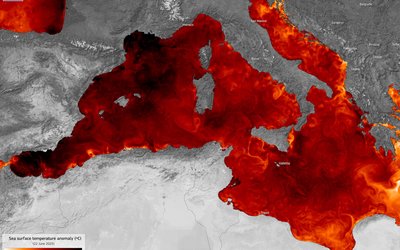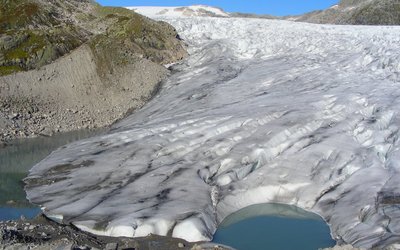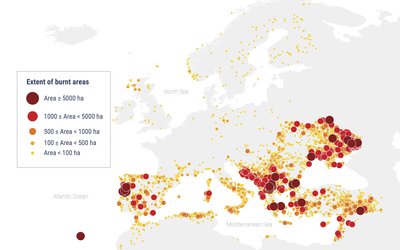
Photo: Eden, Janine and Jim (www.flickr.com)
Present-day climate extremes have already changed over large parts of Europe in comparison to previous decades. This was illustrated in a recent study by comparing the change in average temperature, precipitation, and related climate extremes such as heat waves, floods, and droughts, with the variability in these parameters in the past. The change in the average values of these parameters is the signal of climate change. The variability of these parameters in previous decades is the noise in this signal. A signal to noise ratio that exceeds one points at ‘unusual’ climate conditions and may be considered a sign of climate change.
In this study, the signal was defined as the trend in these climate variables between 1951-1983 and 2000-2016. The noise was defined as the variability in these parameters in 1951-1983. If we assume that the period 2000-2016 more or less represents the current climate, high signal-to-noise ratios for this period may be interpreted as indications of present-day climate change.
Higher temperatures in large parts of Europe
According to this study, 50% of European territory is now experiencing unusually warm temperatures in the summer in comparison to the past. In winter, spring, and autumn these percentages are 26%, 82%, and 45%, respectively. Especially changes in the number of warm nights are important from a health perspective since humans need cooler night temperatures to recover. Three quarters of European territory is now experiencing an unusually high number of warm nights. Un unusually high number of very warm days is now experienced in Central Europe, Portugal and Spain, covering about 30% of Europe. Heat waves are now unusually long in 19% of Europe, in particular in Northern Italy, Austria and the Balkan countries.
More precipitation in the North
Changes in rainfall are unusually high only in the winter over some parts of Scandinavia, Scotland and the Baltic countries, covering about 13% to 15% of Europe. These changes are both changes in total seasonal rainfall, in intense winter precipitation, and in maximum precipitation for one day and accumulated over a 5-day period, respectively.
More intense droughts in the South
Changes in the intensity of droughts are now unusually large only over some areas of southeastern Europe, Portugal and Spain.
Source: Ossó et al., 2022. Climate Dynamics 58: 487–501.








